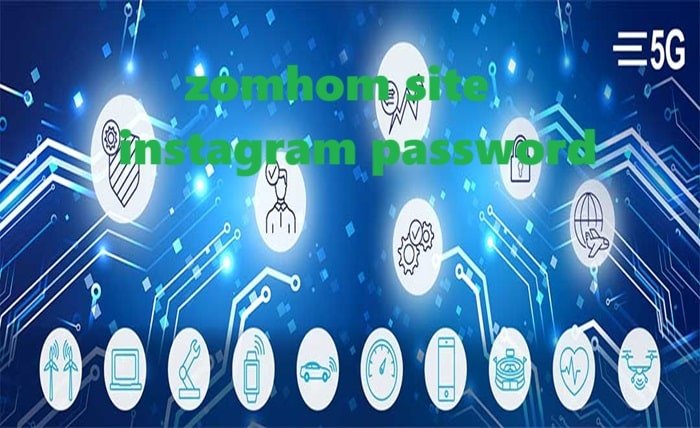With all the latest technology-based innovations, logistics and delivery industry has witnessed a complete revolution. Technology has made significant inroads in logistics, from improving operational efficiencies to reshaping customer expectations. This piece discusses how technologies such as AI, ML and robotics are transforming the industry while serving as the templates of the new normal in logistics and delivery.
Automation and Efficiency
The heightened level of automation in warehousing and delivery processes is one of the most noticeable effects of technology on logistics. Automated storage and retrieval systems (ASRS) are an integral part of the automation technology seen in modern warehouses today. Automatic systems also conserve time as they assists positioning and movement of all of the products they reduce the quantity of humans implicated and the possibilities of mistake. Devise AGVs and drones are similarly disrupting the last mile delivery of packages as it is massively faster and cheaper. For instance, while combining medical supplies and consumer products to be delivered in urban and rural settings, various pilots of drones have cut delivery time practically by half while reducing traffic congestion.
Artificial Intelligence and Machine Learning
Artificial intelligence (AI) and machine learning (ML) are among the top technologies changing logistics. They are applied for everything from predictive analytics and route optimization to freight matching and inventory management. Using historical data and real-time operations, AI systems can predict trends, enabling businesses to anticipate demand, improve inventory management, and optimize how they deliver products. This does not just improve efficiency but also realizes substantial cost saving.
Logistics is among the top areas that are witnessing a change due to advanced technologies in the world, one such being Artificial Intelligence (AI) and Machine Learning (ML). They extend to everything from predictive analytics and route optimization to freight matching and inventory management. AI systems can draw on historical data and real-time operations to predict trends, allowing businesses to anticipate demand, improve inventory management, and optimize answers to how they deliver products. Not only does this lead to improved efficiency, it also makes significant cost saving possible.
Blockchain Technology
Blockchain technology, therefore, has another revolutionistic dimension it brings into the logistics sector – transparency and security in the way transactions take place. A decentralized and tamper-proof ledger enables tracking provenance of goods and managing transactions; more importantly, with smart contracts, it enables contract automation. That way, everyone within a supply chain may have equal knowledge, reduce disagreement, and add trust in people’s participation. In addition, blockchain can also help in issues such as fraud and theft, which are major concerns for the logistics sector.
Internet of Things (IoT)
The Internet of Things connected devices throughout the logistics chain, providing real-time tracking and monitoring of goods. Sensors and RFID tags help ensure that products — particularly perishable items, like food and pharmaceuticals — remain in optimal conditions during storage and transit. Not only does this save waste, but it also binds to absolute safety standards. Additionally, IoT technology helps in fleet management by monitoring the condition of the vehicle and optimizing the use of fuel, which leads to another cost-efficiency benefit.
Customer Experience
Technology has significantly transformed the customer experience in logistics. Real-time tracking, predictive delivery windows, customized delivery options, and smooth returns are the new norm among customers. Companies use technology to efficiently deliver these services to the customer’s satisfaction and build loyalty. For instance, a sophisticated CRM system with AI integration can study customer behavior and feedback to customize services and solve issues beforehand. Specifically, in areas like Essex, innovative car transporters like https://www.shiply.com/car-transporters/essex-car-transporters utilize such technologies to enhance service delivery and customer engagement.
Challenges and Future Outlook
While technology has its merits, its associated challenges, including high initial financial investment, cybersecurity concerns, and the requirement for qualified personnel to run sophisticated systems, represent substantial barriers to entry. The logistics industry is responding to the developments in technology by adopting new tools and training their staff on how to use them.
The future of logistics and delivery looks bright in terms of the ongoing trend of technological integration. Innovations such as 5G connectivity promise faster and more reliable internet connections, which will further open up IoT devices for even more complicated AI applications. Logistically, the sector can now look forward to greater efficiencies, improved customer service, and new business models in the years ahead while technology continues to advance.
Conclusion
By transforming the logistics and delivery landscape. These technologies have not only enhanced operational efficiency but also improved customer satisfaction through technological advancements. Moving forward, logistics companies that are looking to remain competitive in an ever-changing landscape must persist in innovating and adapting their practices.





